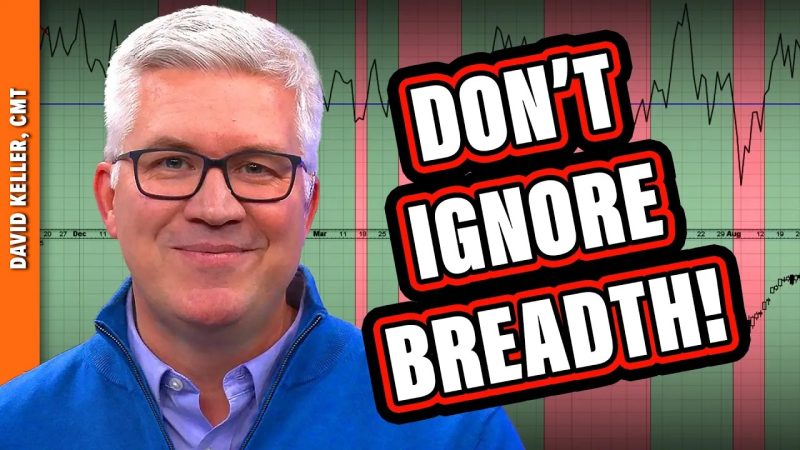In the realm of trading, the assessment of market breadth is crucial for making informed decisions and maximizing profitability. Market breadth indicators serve as valuable tools for investors and traders to gauge the overall health and direction of the market. In this article, we delve into the top 5 breadth indicators that should not be overlooked when analyzing market conditions.
1. Advance-Decline Line (AD Line)
The Advance-Decline Line (AD Line) is a widely-used breadth indicator that tracks the number of advancing and declining stocks in a given market. By evaluating the difference between these two groups, investors can gain insights into the overall strength or weakness of the market. A rising AD Line suggests broad market participation and bullish sentiment, while a declining AD Line may indicate underlying weakness and a potential market downturn.
2. McClellan Oscillator
The McClellan Oscillator is a popular technical indicator that measures the difference between advancing and declining issues on a short-term basis. This oscillator helps traders identify overbought or oversold conditions in the market. A high McClellan Oscillator reading suggests an overbought market, while a low reading indicates an oversold market. By monitoring the McClellan Oscillator, traders can anticipate potential market reversals and adjust their trading strategies accordingly.
3. New Highs-New Lows Index
The New Highs-New Lows Index reflects the number of stocks reaching new highs minus the number of stocks hitting new lows. This indicator provides valuable insights into market sentiment and trend strength. A positive New Highs-New Lows reading signals a healthy market where more stocks are achieving new highs, indicating a bullish trend. Conversely, a negative reading may suggest weakening market breadth and a potential market reversal.
4. Arms Index (TRIN)
The Arms Index, also known as the Trading Index (TRIN), measures market sentiment by comparing advancing and declining stocks with advancing and declining volume. A TRIN value above 1 indicates bearish sentiment, as more volume is associated with declining stocks. Conversely, a TRIN value below 1 signals bullish sentiment, with more volume tied to advancing stocks. The Arms Index helps traders gauge market sentiment and potential market reversals.
5. Bullish Percent Index (BPI)
The Bullish Percent Index (BPI) tracks the percentage of stocks in a specific market or index that are on a buy signal based on point and figure chart analysis. This breadth indicator helps traders assess the overall health of the market and identify trend reversals. A high BPI reading indicates a strong uptrend, while a low reading may suggest a weakening market. By analyzing the BPI, traders can make more informed decisions and adjust their trading strategies in line with prevailing market conditions.
In conclusion, market breadth indicators play a crucial role in evaluating market conditions and making sound trading decisions. By incorporating these top 5 breadth indicators into their analysis, investors and traders can gain valuable insights into market sentiment, trend strength, and potential reversals. Monitoring these indicators can help traders navigate volatile market environments and enhance their overall trading performance.

